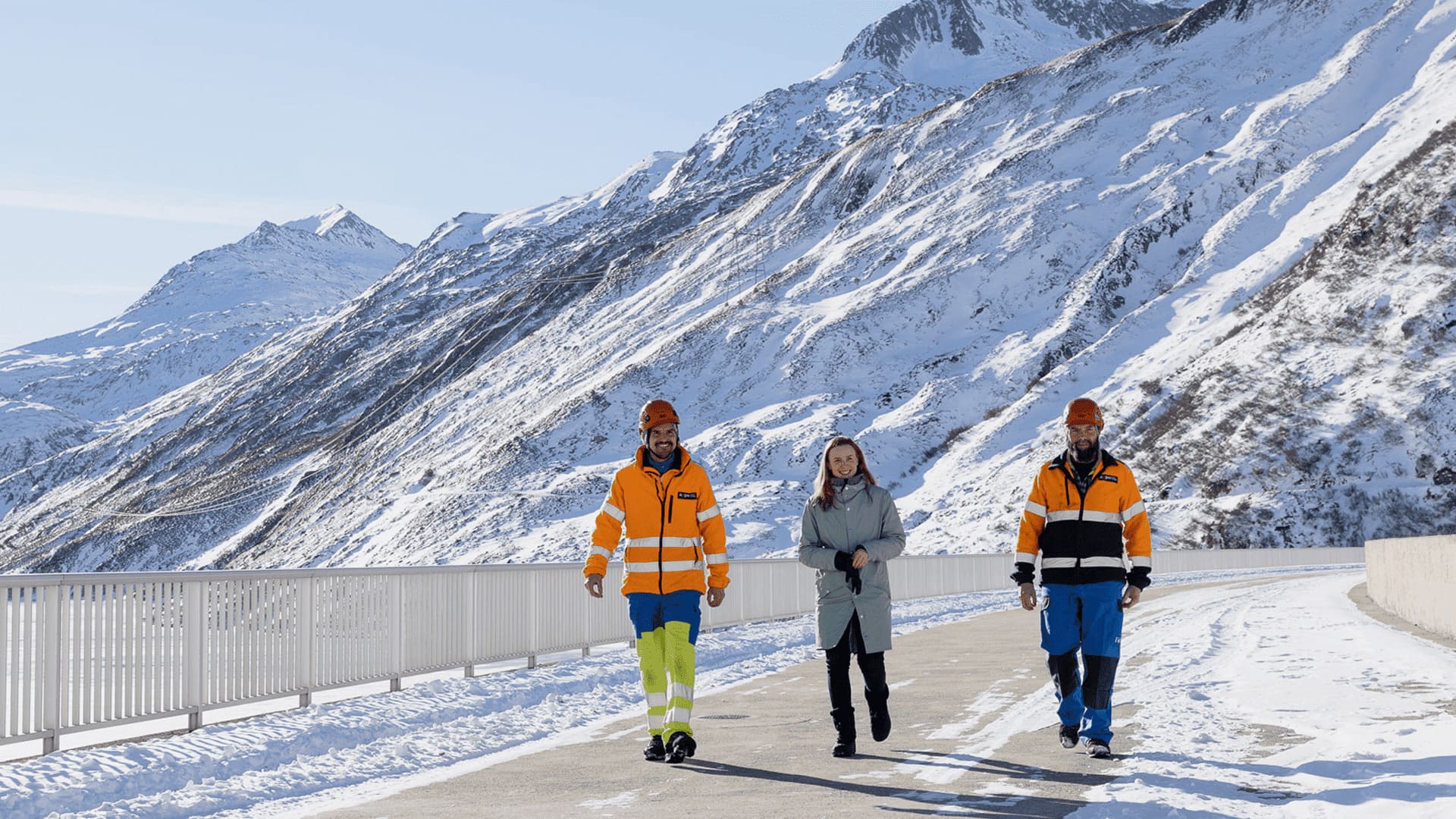22.10.2018 | The supervisory authority ENSI’s statement on a hazardous nuclear power plant incident occurring only every 10,000 years
Earthquake hazard "exaggerated"
The Swiss Federal Nuclear Safety Inspectorate ENSI speaks plain language: The supervisory authority says that in the event of an earthquake at a Swiss nuclear power plant in the magnitude of one occurring only every 10,000 years the affected population would only be exposed to a minimal additional radiation dose averaging 0.3 millisieverts : "No casualties or deaths would be expected. An evacuation would not be necessary."
The topic sounds technical and dry. The issue is the partial revision of the Nuclear Energy Ordinance and dose limits in the event of rare earthquakes. The revision was initiated by the Swiss Federal Commission for Nuclear Safety (CNS) in 2012. At that time the commission pointed out that although Swiss practice in comparison to international practice was strict and ensured an adequate safety level, there was a need for clarification from a legal perspective.
The Federal Council has now taken up the issue with the partial revision and has set the dose limits based on current practice. In the case of a hazardous incident occurring only every 1000 years, the limit is 1 millisievert (mSv). In the case of a hazardous incident occurring only every 10,000 years the dose limit is 100 millisieverts (mSv).
The anti-nuclear movement has turned the revision into a full-blown scandal: The Federal Council would be exposing the population to a "100 times higher radiation risk" so the criticism. The courts have also been called upon concerning this issue. A hearing will take place on the topic in the Council of States' Commission for the Environment, Spatial Planning and Energy (UREK) in response to a motion put forth by Damian Müller (FDP).
Axpo has examined and refuted the allegations put forth by nuclear power plant opponents with the example of the Beznau nuclear power plant.
«Numbers of thousands of additional cancer cases or even deaths, are wrong»Hans Wanner, Director ENSI
The ENSI Facts
Now ENSI has also explicitly refuted the allegations of nuclear power plant opponents. "The assertion that thousands of additional cancer cases or deaths would occur in connection with the partial revision of the Nuclear Energy Ordinance and a threshold of 100 millisieverts is incorrect," says Hans Wanner, Director of ENSI in a statement.
And: "Our calculations based an accident in a nuclear power plant indicate that the hazard is low. Under realistic assumptions not a single person would be exposed to a radiation dose of 100 mSv. No casualties or deaths would be expected. An evacuation would not be necessary."
Two important points
You will find the complete ENSI statement here (only in German). Particular mention should be made of the following:
In June 2018 and based on real weather data, ENSI calculated the impacts for the Gösgen nuclear power plant in the case of an incident occurring only every 10,000 years under adverse weather conditions. The Gösgen nuclear power plant was selected because this is the most densely populated region around a Swiss nuclear power plant.
The maximum dose in the area of the Gösgen power plant resulted in a value of 13 millisieverts. A dose value under 10 millisieverts was calculated for the residents living closest to the power plant. Overall, such an incident would potentially expose 95,000 people to a higher radiation dose. According to ENSI they would be exposed to an average dose of about 0.3 mSv. This corresponds to one-twentieth of the radiation that Swiss people are exposed to during a year (see box below).
According to the Swiss Cancer Report (2015), the risk of contracting cancer in the course of one's life without a nuclear incident is 47.2 per cent for men and 37.6 per cent for women. The risk of cancer through additional radiation doses owing to an earthquake occurring only every 10,000 years would increase by 0.003 per cent for the 95,000 people in the proximity of the plant according to ENSI - in concrete terms three additional cases of cancer would have to be expected.
By the way: The ENSI statement, like an earlier statement (details here - only in German), was largely ignored by the media in contrast to the claims put forth by the anti-nuclear lobby. Let us hope that at least policy-makers and the parliament have paid attention to the explicit statements made by the Swiss Federal Nuclear Safety Inspectorate.
Radiation exposure: 5.8 millisieverts
The Swiss population is constantly exposed to a certain amount of radiation. The average exposure is 5.8 millisieverts (mSv). The greater portion , namely 3.2 mSv, comes from radon in living and working spaces. Medical diagnostic radiology causes 1.4 mSv. The degree of exposure for the population as a result of these radiation sources varies strongly.




.jpg)





